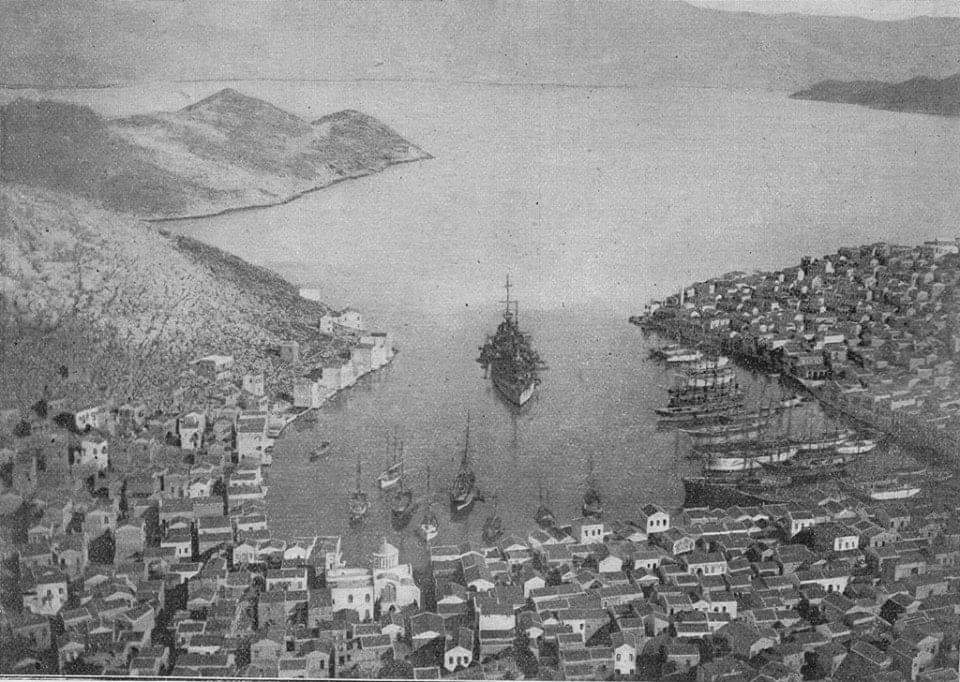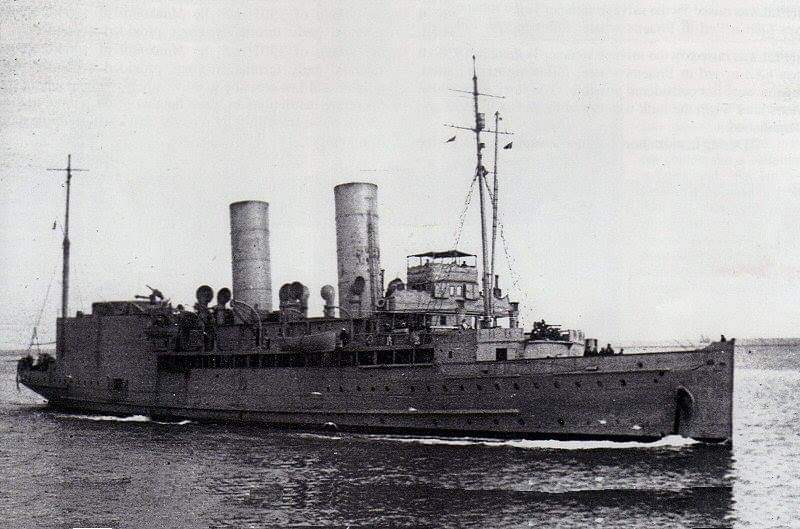The name Kastellorizo inspires visions of an island fortress.
Indeed, its distinctive, time-worn defences on the northeast coast gave rise to its current appellation – a Greek corruption of the medieval Italian name Castello Rosso ("Red Castle").
From the 12th century, Castello Rosso became a familiar place for early travelers, traders and adventurers.
Before the arrival of Venetian and other Italian merchants, Kastellorizo was also known as Megiste (or Megisti) in ancient Greek – as we know both from historical sources and an inscription carved into the rock below the castle that was discovered by Charles Cockerell during his 1812 visit.
The ancient name refers to Megisti, the largest island of the surrounding archipelago of 30 smaller islets and reefs.
Located about 130km east of Rhodes and about 2km from Anatolia, Megisti offered ships protection in several natural bays: a double harbor on its northeast side – today the main (Kavos) and smaller (Mandraki) ports – separated by Cape Kavos; and a third, western inlet, Limenari, useful when the winds shift.
Inland, the mountainous terrain features three prominent peaks, Vigla (273m), Paliokastro (244m) and Mounta (230m), which likely were well-known landmarks for approaching sailors.
Lying outside the Aegean, Kastellorizo represents the easternmost and smallest of the central Dodecanese Islands.
Its proximity to the Lycian coastline, flanked by critical maritime centers including Patara, Antiphellos (Ἀντίφελλος, Turkish: Kaş), Aperlae and Myra, made the island an excellent offshore base, a launching-off point for the mainland and an East-West gatekeeper.
On 28 December 1915, during WWI, while the Kingdom of Greece was still neutral, the French navy led by cruiser Jeanne d'Arc occupied the island at the behest of the inhabitants who feared Turkish reprisals.

French troops occupied Kastellorizo, off the southwest coast of Turkey, on 20 December 1916 to use it as an advance base against the Turks.
Not pleased at the presence of the French, the Turks secretly deployed an artillery battery of four 155-millimetre (6.1 in) and twelve 77-millimetre (3.0 in) guns within range of the island.
The French commander requested a seaplane carrier to conduct reconnaissance in the area and Ben-my-Chree was sent in response.
Ben-my-Chree arrived on 11 January 1917 and anchored in the harbour which faced the Turkish mainland.
The Turkish guns opened fire about two hours later, hitting the carrier with their third shot. Subsequent shells disabled her steering and started a fire in her hangar that spread across her upper deck.

The French fought back, bravely assisted by Kastellorizo's citizens, but the surprise Turkish bombardment successfully sank the ship and destroyed about 1,000 homes.
The Ben-my-Chree remained half-submerged in Kastellorizo's port until 1920 when it was refloated and towed to Piraeus.
In the Treaty of Sèvres, the island was assigned to Italy, and the Italian navy assumed it from the French on March 1 1921, but the treaty was never ratified.
The Treaty of Lausanne confirmed the Italian claim on Kastellorizo, and the island – under the Italian name "Castelrosso" – was then integrated with the possession of the Isole Italiane dell'Egeo.
Because of the Italian occupation, the island was not affected directly by the Population exchange between Greece and Turkey of 1923.
Still, the forced emigration of the large Greek population living on the nearby Anatolian coast hit the island's economy heavily.
Kastellorizo was assigned to Greece with the Paris Peace Treaties, 1947.
In May 1945 it was still under British administration, but on September 15, 1947 it effectively came under Greek administration. The island formally joined the Greek State on March 7 1948 together with the other Dodecanese islands.
According to the 2011 census, the population then stood at 492, all living in Megísti. The municipality also includes the islands of Ro and Strongyli, both without permanent inhabitants.
Many of its emigrants live in Australia (especially Perth and Sydney), nicknamed as "Kazzies".



